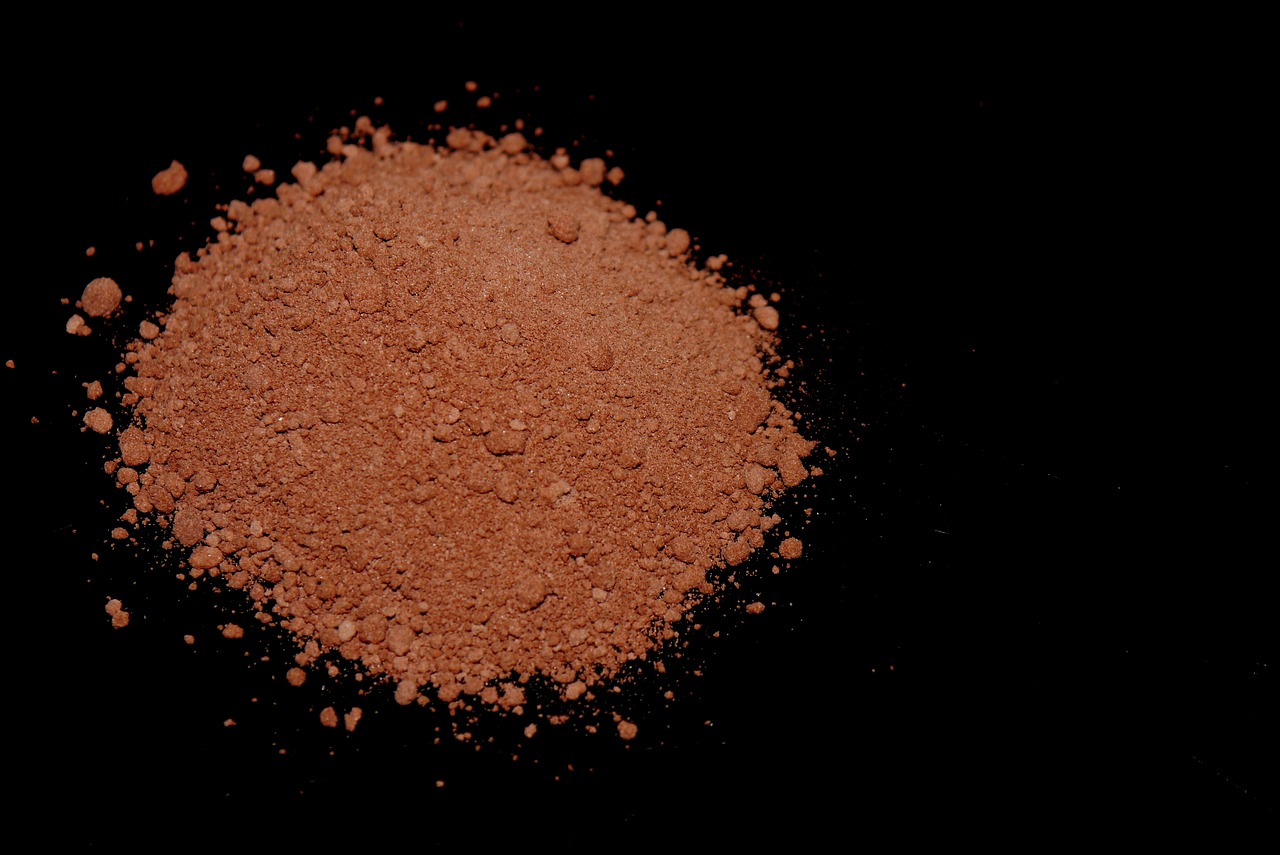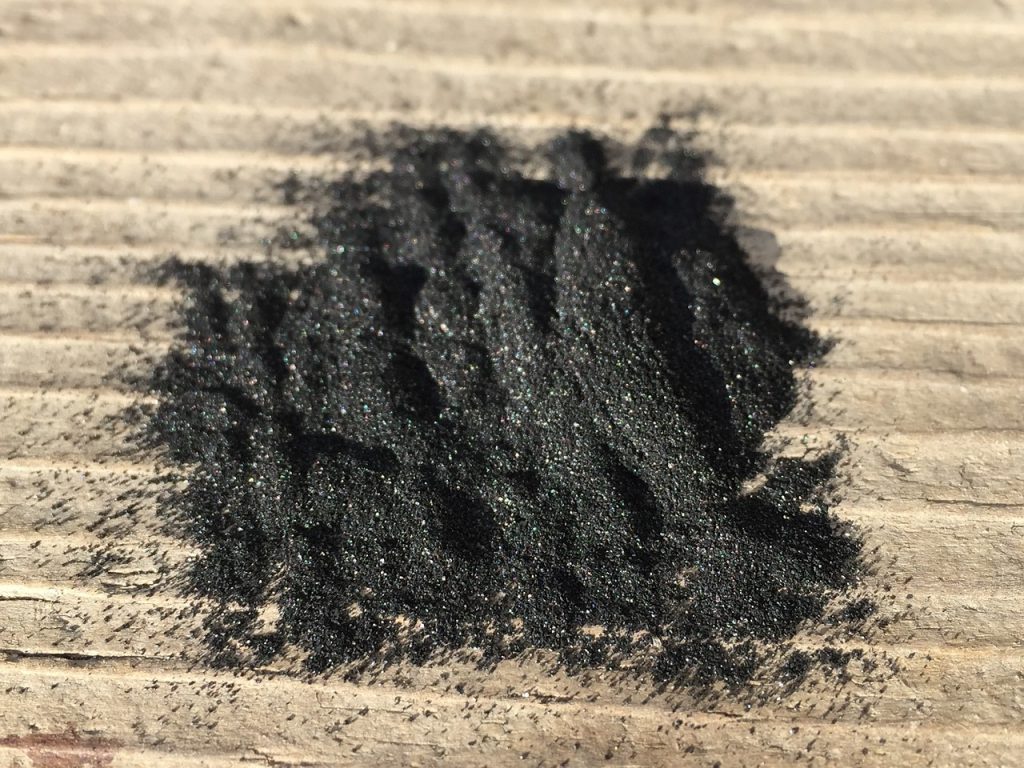Tribological Properties Of Tungsten Disulfide (WS2)

In machines, there are mechanical parts that move in relative motion to each other, and there are contacts between them. This causes the parts to run against each other, which leads to friction and wear.
This affects the machines’ energy efficiency and mechanical endurance. Repeated and uncontrolled friction can lead to wear and tear, damaging the parts. We can use lubricants to overcome this.
There are different types of lubricants, such as solid/dry, liquid, semi-solid, and gaseous. One of the solid lubricants is Tungsten disulfide (WS2).
WS2 exhibits excellent tribological properties due to its layered structure. A layer of W atoms is located between two layers of the S atoms. Within the layer, the atoms have strong covalent bonds, while the adjacent layers interact with weak Van der Waals forces. This leads to an easy interlayer shear of the structure and gives WS2 excellent lubricating properties.
Tribology is the study of friction, wear, and lubrication. WS2 can be used in powder form and introduced between the moving parts to reduce friction and wear. Tungsten disulfide (WS2) nanopowder is a powdered material and has individual particles on the nanometer scale.
The nanopowders have a small size and large surface area. In the structure, the S atoms have strong bonds and are chemically unreactive. In contrast, the S and the W atoms bonds are not fully satisfied, and therefore, these surfaces are chemically reactive.
As the surface bonds and electronic state are different than inside the particle, the reactivity of the nanopowder is higher.
Tribological Properties of WS2
The tribological properties of WS2 include its wear and tear, lubrication (of the interacting surfaces), and friction. Let’s have a better understanding of WS2 based on these parameters.
- The coefficient of friction of WS2 is 0.03, which is lower than that of any other substance. The easy sliding between the WS2 layers under small shear forces is the important feature that gives it excellent lubricity.
- It has good thermal and chemical stability. Therefore, it is great for lubrication in extreme conditions where we cannot use liquid lubricants or oils. It can even withstand corrosive environments.
- WS2 can provide effective lubrication in high temperatures, loads, and high-pressure conditions. We can use it in a temperature range of -270° C to 650° C in a normal atmosphere and from -188° C to 1316° C in a vacuum.
Its load-bearing capacity is as high as 300,000 psi. It is a more effective lubricant for intermittent loading, high load, or high speeds.
- WS2 is chemically inert and non-toxic. So, it is good for lubrication in industries such as food processing and textiles. It prevents the contamination of the product and the environment. It has good oxidation resistance.
- WS2 powder can be an additive in metal powder, composites, greases, and other lubricants to improve the lubricating properties.
Lubrication Mechanism Using Solid Lubricants

The purpose of using solid lubricants like WS2 is to form a lubricating film on the sliding surface. The properties that a solid lubricant should have are low shear strength when applied on the substrate, high compressive strength against the normal applied load, and strong adhesion to the surfaces in relative motion.
The lubrication mechanism of the solid lubricant is due to the layered structure. The shear behavior of the interlayers governs the friction and wear properties of the formed lubricating films.
In solid lubricants, there is a strong bond within the layers. When you use such material for lubrication, it will align itself along the sliding direction and slide over one another to form a lubricating film. At the same time, the strong individual layers ensure a good load-carrying capacity.
Deposition Methods Used For Solid Lubricants

The efficiency of the solid lubricant depends on the deposition of the lubricating film on the tribo-surface. The deposition method controls the adhesion strength between the film and the substrate. Solid lubricating films can be deposited, bonded, or adsorbed on the surface of the substrates.
The different methods used for deposition are traditional methods and modern methods. In the traditional methods of spraying and painting, a mixture of solid lubricants is widely used for lubricating hard surfaces. It can also be bonded to the surface by using a binder.
The modern methods used are Physical Vapour Deposition (PVD) and Chemical Vapour Deposition (CVD). In PVD, a hard film of the lubricant is deposited on the surface under vacuum conditions.
The solid is vaporized and deposited as a thin film. In the CVD method, high-quality solid material coatings are possible under vacuum conditions. In this, a chemical reaction helps to deposit a thin film on the substrate.
This Is How You Can Improve The Tribological Properties Of WS2
Doping with metals is probably the most common method of improving the tribological properties of WS2. However, other methods exist, such as multilayer structures or diamond grains.
Let’s have a brief understanding of the enhancement processes.
- Doping With Metals
Nickel and copper are common metals for doping WS2. This is an effective method to improve WS2’s tribological properties by boosting its wear endurance.
However, doping with metals is not a good solution if you are looking for corrosion resistance. The microstructures in the composite films still have pores, which can be damaged by corrosion.
- Adding WS2 Nanosheets And Nanoparticles
There are multiple benefits of adding WS2 nanosheets. Have a look at how it helps.
- Reduction in friction coefficients
- Reduction in wear rates
- Creation of a smooth and continuous lubrication film
- Stopping the formation of cracks
Similarly, adding WS2 nanoparticles can improve pressure performance and reduce the friction coefficients significantly.
- Using Multilayered Structure And Diamond Grains
With the use of a multilayered structure, there will be an improvement in the coating adhesion. Further, if you use the diamond grains in proper shapes, those will store the solid lubricants.
As a result, you will get a better service life of the WS2 you are using.
- Avoid Factors That Affect The Tribological Properties of WS2
There are multiple factors, such as low frequencies, improper concentration of WS2 nanoparticles, and a wrong ratio of WS2 and TiO2, that can affect the tribological properties of WS2.
Make sure that the WS2 you are using in an equipment or machine has passed through quality checks.
Read Also:













